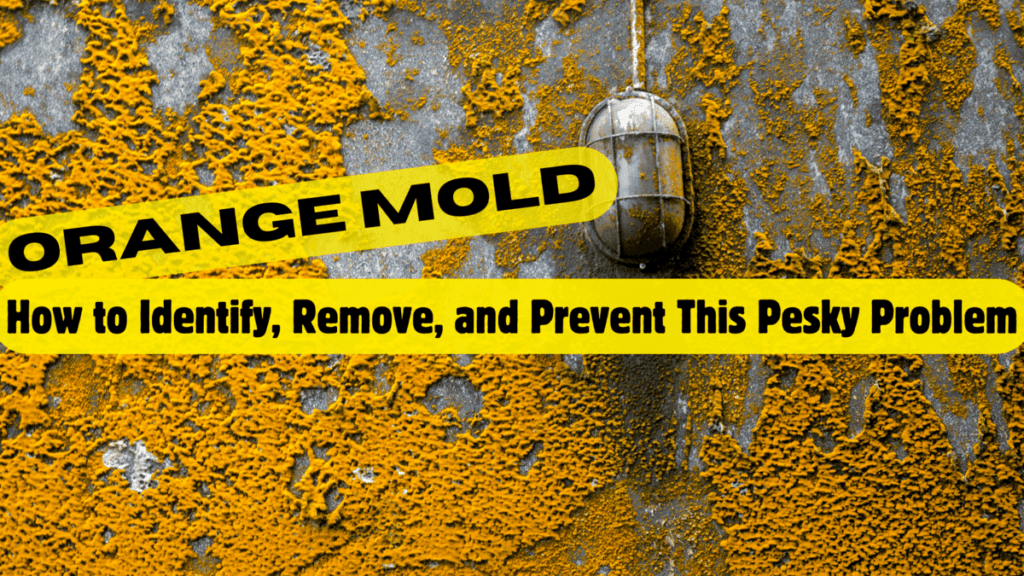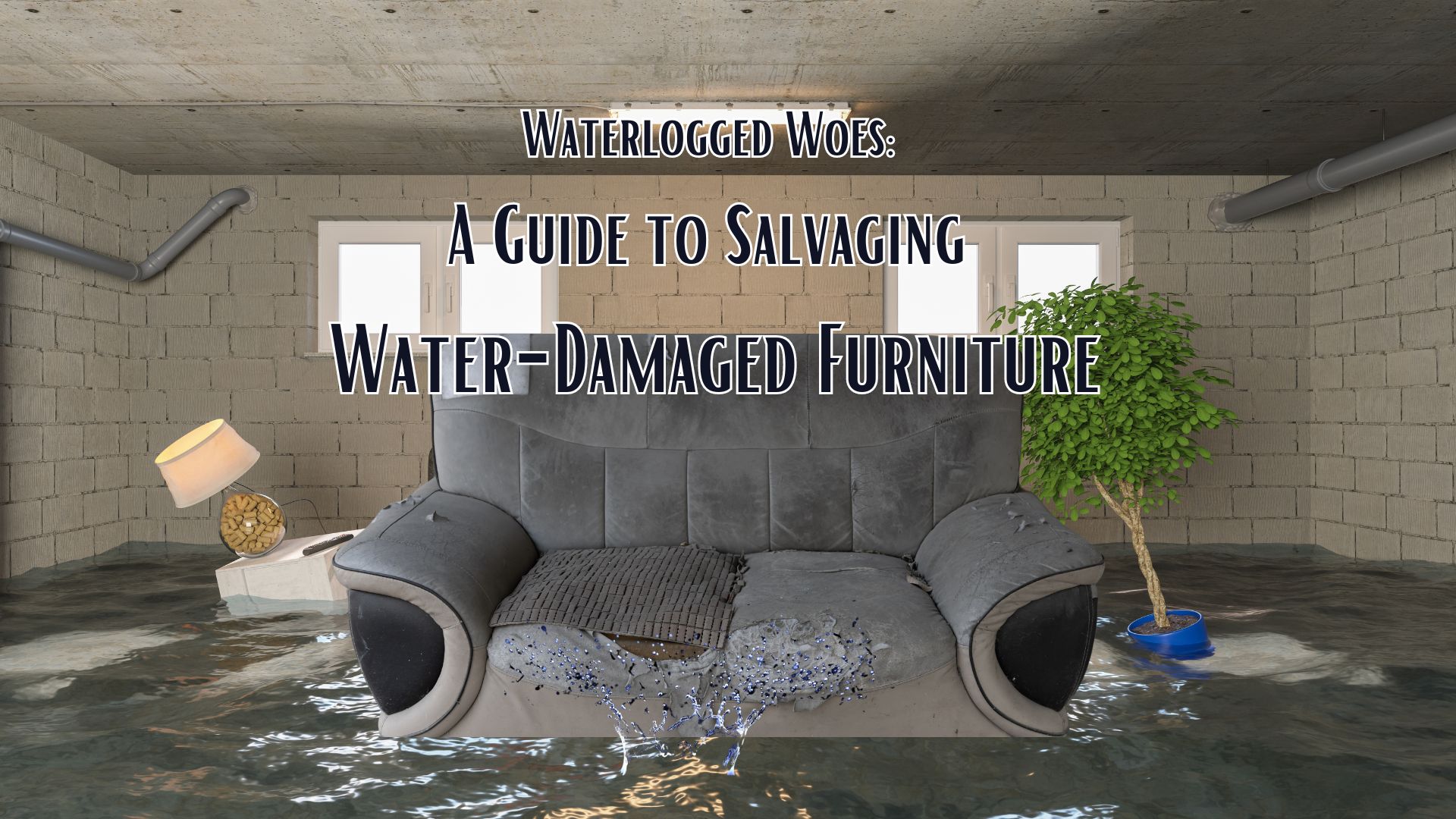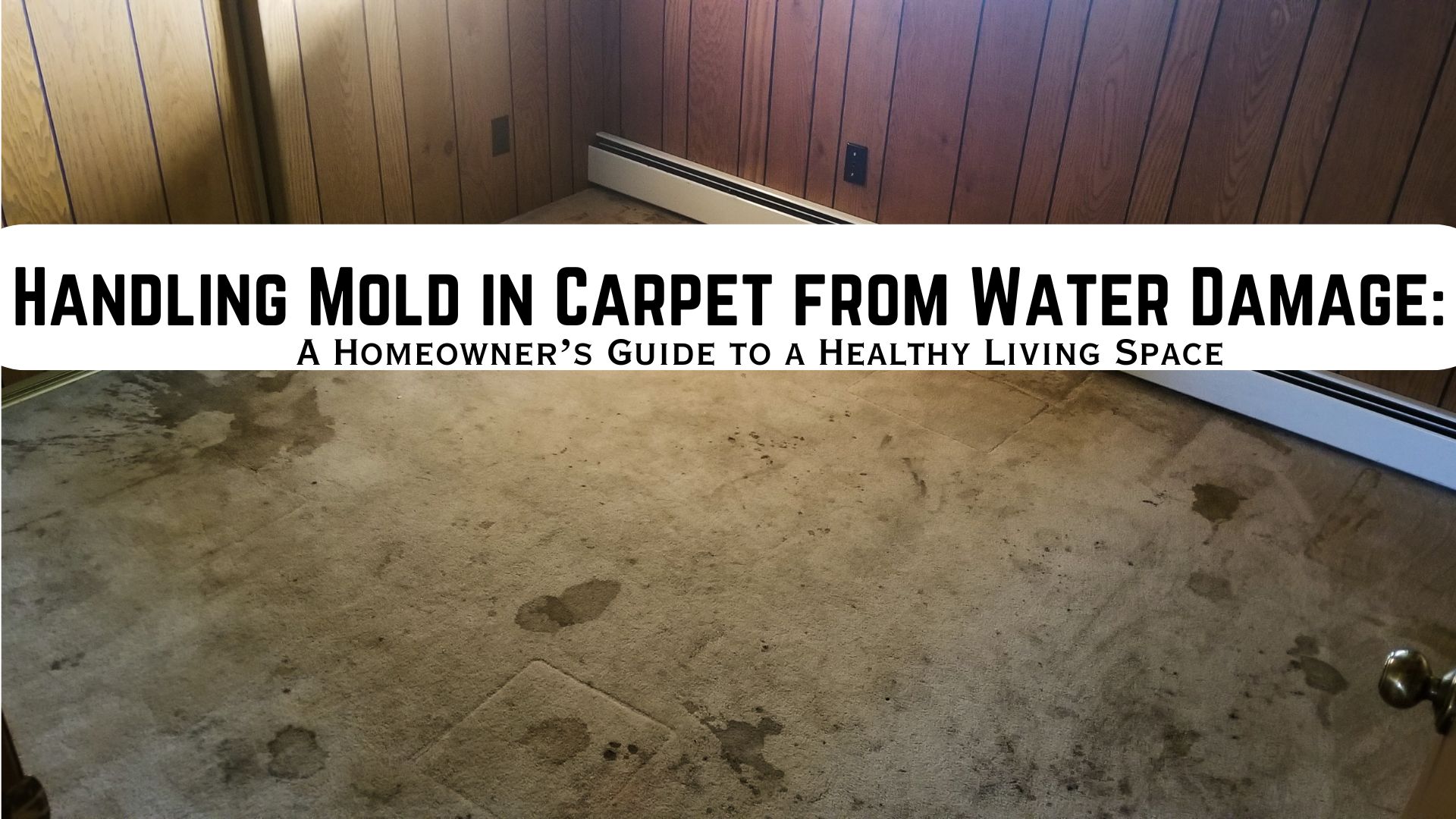
Orange mold can be a surprising and unsettling sight in your home. Its vibrant hue might catch your eye, but this type of mold can pose significant health risks and damage to your property if not addressed promptly. In this article, we’ll delve into everything you need to know about orange mold, from identifying and removing it to preventing its return.
What Is Orange Mold?
Understanding Its Types
Orange mold, commonly known as “orange slime mold,” is a type of mold that has different species of fungi. One of the most common species associated with orange mold is Fuligo septica, also known as “dog vomit slime mold” due to its unsightly appearance. This mold thrives on organic materials and can appear as bright orange patches or slimy masses in different areas of your home.
Common Types of Orange Mold
Orange mold can take several forms, including:
- Fuligo septica: Known for its bright orange, slimy appearance, this mold is often found on decaying wood, mulch, and other organic matter in damp environments.
- Aleuria aurantia: This type of orange mold has a cup-like structure and is typically found outdoors, growing on soil and decaying leaves.
- Neurospora: A less common form, often appearing as orange patches on bread and other food items left out in the open.
Why Orange Mold Grows in Your Home
The Role of Organic Material
Orange mold needs a food source to thrive, and it often finds one in the organic material found in various areas of your home. This includes wood, paper, fabric, and food remnants. When these materials become damp, they create the perfect environment for mold spores to settle and grow.
The Growth Cycle of Orange Mold
Orange mold begins as tiny spores that are invisible to the naked eye. When these spores land on a damp surface with ample organic material, they start to grow and form visible colonies. Over time, these colonies can expand, spreading mold to other areas of your home.
Key Areas Where Orange Mold Is Found
Orange mold can be found in several parts of your home, including:
- Bathrooms: High humidity and frequent moisture make bathrooms a common spot for mold growth.
- Kitchens: Leaky pipes, spills, and leftover food can contribute to mold growth in kitchens.
- Basements: Often damp and poorly ventilated, basements are prime locations for mold infestations.
- Attics: Roof leaks and poor insulation can lead to moisture buildup in attics, encouraging mold growth.
Health Risks Associated with Orange Mold
Exposure to orange mold can cause a range of health issues. Mold spores can trigger allergic reactions, including sneezing, coughing, and skin rashes. For individuals with a compromised immune system, the health risks can be even more severe, potentially leading to respiratory problems and infections.
Prolonged exposure to mold can have serious health implications, particularly for young children, the elderly, and those with existing health conditions. It’s crucial to address mold problems promptly to avoid these adverse effects.
How to Identify Orange Mold in Your Home?
Visual Identification
Orange mold is usually easy to spot due to its distinctive color. Look for bright orange patches or slimy masses on surfaces that are damp or contain organic material. Common areas to check include bathroom tiles, kitchen counters, and basement walls.
Signs of a Mold Infestation
Beyond the visible signs, you might notice a musty odor in areas affected by mold. This smell is often a clear indication of mold growth, even if the mold itself is not immediately visible.
Steps to Remove Orange Mold
Safety Precautions Before Removal
Before you begin removing mold, it’s essential to take safety precautions. Don protective gear, including gloves, mask, and goggles so as to avoid direct contact with mold spores.
Effective Removal Techniques
- Clean the Affected Area: Use water with detergent to scrub away visible mold. For tougher stains, you can use a solution of bleach and water (1 cup of bleach to 1 gallon of water).
- Ensure the Area is Completely Dry: To stop mold from coming back, make sure the area is thoroughly dried after cleaning. You can use any fans or dehumidifiers to aid in speeding up the drying process.
- Dispose of Contaminated Materials: If mold has penetrated porous materials like drywall or carpet, it’s best to remove and replace these items to fully eradicate the mold problem.
When to Call a Professional?

In cases of extensive mold infestation, it’s advisable to call a professional mold remediation service. Professionals have the expertise and necessary equipment for handling severe mold issues effectively and safely.
Preventing Orange Mold from Returning
Control Moisture Levels:
One of the most effective ways to prevent orange mold is to control moisture levels in your home. Use dehumidifiers in damp areas, fix any leaks promptly, and ensure proper ventilation in high-humidity rooms like bathrooms and kitchens.
Regular Cleaning and Maintenance:
Regular maintenance and cleaning can help in stopping mold growth. Keep surfaces dry, clean spills immediately, and regularly inspect areas prone to moisture for signs of mold.
Use Mold-Resistant Products:
Consider using mold-resistant products, such as mold-resistant paint and drywall, especially in areas susceptible to mold growth. These types of products can provide an extra layer of protection against this stressful mold.
Conclusion: Keeping Your Home Mold-Free
Orange mold might be eye-catching, but it’s not something you want lingering in your home. By understanding the causes and risks of orange mold, you can take proactive steps to identify, remove, and prevent it. Regular maintenance, moisture control, and prompt action at the first sign of mold can help keep your home safe and healthy.
Addressing mold issues might seem daunting, but with the right knowledge and approach, you can effectively manage and prevent orange mold in your home. Remember, a mold-free home is not only more pleasant to live in but also significantly healthier for you and your family.
Do you have mold issues in your home or office? Call Superior Restoration, today!



